Identifying regional cultural identity
The rearrangement of administrative boundaries not only has socio -economic significance, but also opens up a new space to promote and position the unique cultural identity of the region. This is the time to re-evaluate cultural values not only as a “static asset” that needs to be preserved, but also as a soft resource, a driving force for sustainable development in the new context.
Cultural experts agree that if there is a reasonable strategy, the consolidation of provincial administrative units will create conditions for optimizing resources, improving the quality of heritage conservation, and at the same time encouraging the exchange and mutual complementarity between local cultures.
Associate Professor, Dr. Bui Hoai Son, a member of the National Assembly 's Committee on Culture and Society, commented: Culture is not something that can be measured by numbers, but is the soul of each countryside, the customs, habits, and stories passed down from generation to generation. Concerns about the possibility of identity being lost when the administrative map changes are well-founded, but what is important is how we approach it. Reorganization is not the end but a new opportunity.
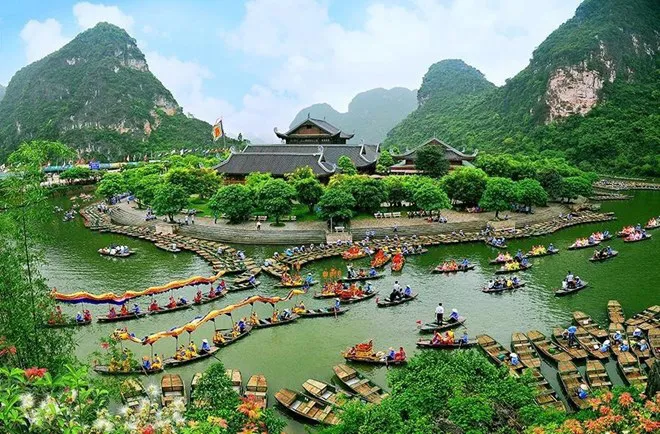
For example, the arrangement of Ha Nam, Nam Dinh and Ninh Binh provinces is opening up a strategic development space in the center of the Red River Delta. With its special geographical location, this area possesses many layers of value in terms of cultural heritage, ecological resources and scenic spots such as Trang An, Phu Day, Tam Chuc, Vu Ban...
The similarities in beliefs, history, and customs between the provinces are a prominent plus. When merged, the quintessence of Nam Dinh province with its tradition of studiousness, football, and textiles; of Ha Nam province with Dam Quyen Son singing and village festivals, while still developing modern industry; and of Ninh Binh province - where eco-tourism and culture converge with the Trang An World Heritage Site - will create rich regional cultural values, both inherited and able to adapt strongly to the new era.
Mr. Nguyen Manh Cuong, Director of the Department of Culture and Sports of Ninh Binh province, believes: "The merger of the three provinces is an opportunity to reposition unique cultural values, creating a foundation for the regional cultural industry development strategy."
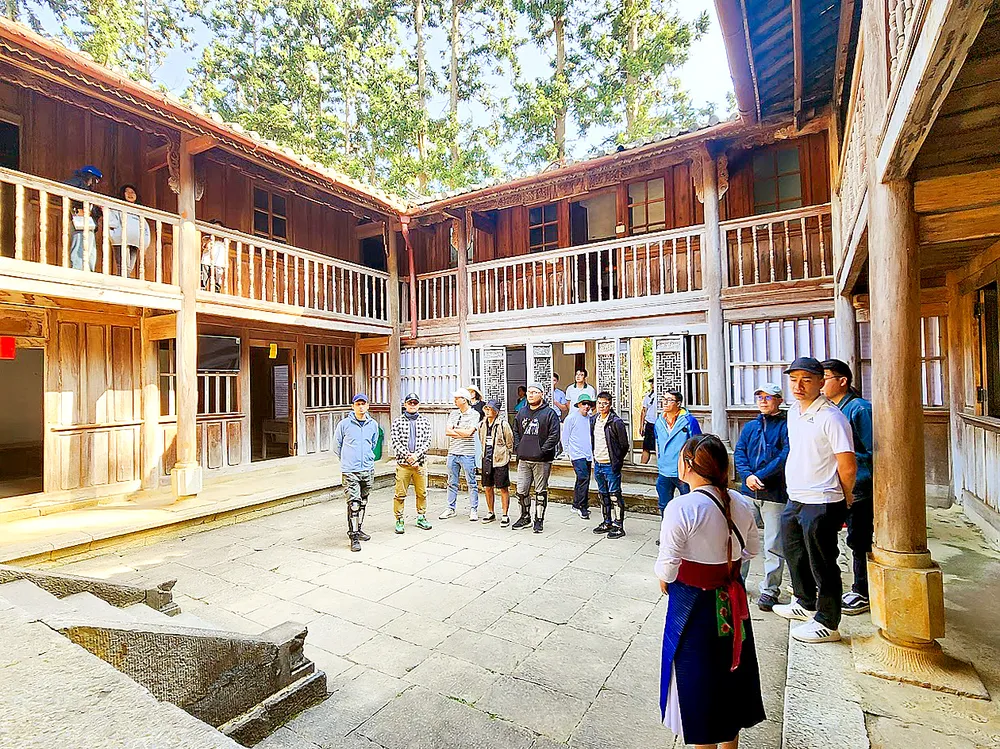
Similarly, the case of Bac Giang and Bac Ninh - two neighboring provinces with many similarities in Kinh Bac culture, also raises many expectations. Bac Ninh province is the cradle of Quan Ho, a representative intangible cultural heritage of humanity, while Bac Giang province stands out with folk festivals, ancient temples and pagodas, and folk songs and dances with the sound of the midlands.
The arrangement of these two localities, if any, will create a large "quan ho cultural axis", helping to enhance the preservation and promotion of heritage, and at the same time expand the space for community cultural practice.
Pillars of sustainable development
From a development perspective, culture is no longer just a matter of preservation but is increasingly seen as a pillar of sustainable development. Distinct cultural advantages can complement each other, creating a strong common cultural identity. Culture is not only a tool for local identification but also a driving force for the development of creative economic sectors.
One of the biggest advantages of the arrangement is to expand the development space and reduce petty competition between localities. When closely coordinated, provinces can take advantage of each other's strengths, build large-scale cultural and artistic centers, organize national festivals, thereby attracting investment resources and creating a spillover effect.
In the case of mountainous provinces like Ha Giang - Tuyen Quang, it can be seen that the arrangement does not mean dissolution. These are two provinces that have in common a multi-ethnic population and a unique mountainous cultural identity, but each place has its own highlights: Ha Giang is the northernmost region with unique Mong and Dao culture; while Tuyen Quang stands out with its revolutionary heritage, Thanh Tuyen festival and the ancient communal house system of the Viet Bac region.
If properly planned, the merger could create a cultural center for the northern mountainous region, where national cultural values can be preserved and promoted in the development of tourism, education and cultural industry.
Mr. Nguyen Manh Cuong, Director of the Department of Culture and Sports of Ninh Binh province, believes that the merger of the three provinces of Ha Nam, Nam Dinh and Ninh Binh is an opportunity to reposition unique cultural values, creating a foundation for a regional cultural industry development strategy. These provinces all have their own strengths from festivals, craft villages, historical relics to natural landscapes. If there is a reasonable regional linkage strategy, these factors will create a new identity that is both inherited and creative and adaptable to modern trends.
Dr. TRAN HUU SON - Director of the Institute of Applied Research on Culture and Tourism:
The challenge is how to make the intersection creative, rather than obscure the identity. This depends largely on the policy team and how to mobilize the community to actively participate in conservation.
Associate Professor, Dr. NGUYEN THI THU PHUONG - Director of Vietnam Institute of Culture, Arts, Sports and Tourism:
Unsynchronized mechanisms and policies, unbalanced development among destinations, pressure on the environment and heritage conservation, and a shortage of high-quality human resources are all barriers that need to be taken into account. In the immediate future, it is necessary to build a map of heritage destinations, connect festivals, craft villages and inter-provincial tourism routes to develop a substantial and effective cultural industry.
Cultural Expert NHAM HUNG :
After the reorganization, the administrative space and tourism space have also expanded. This is a favorable condition, a golden opportunity for tourism development and cultural promotion in the new situation. The problem is how to build a chain of links, create unique and distinctive tourism and cultural products, especially from urban riverine tourism.
In my opinion, it is necessary to redesign the tourism map and communication strategy after the merger to practically guide and provide information to tourists. At the same time, it is necessary to have a strategy to promote on social networking platforms, search engines, digital maps, etc.
MAI AN - TUAN VU recorded
Source: https://www.sggp.org.vn/khong-gian-moi-cho-van-hoa-cat-canh-post800883.html








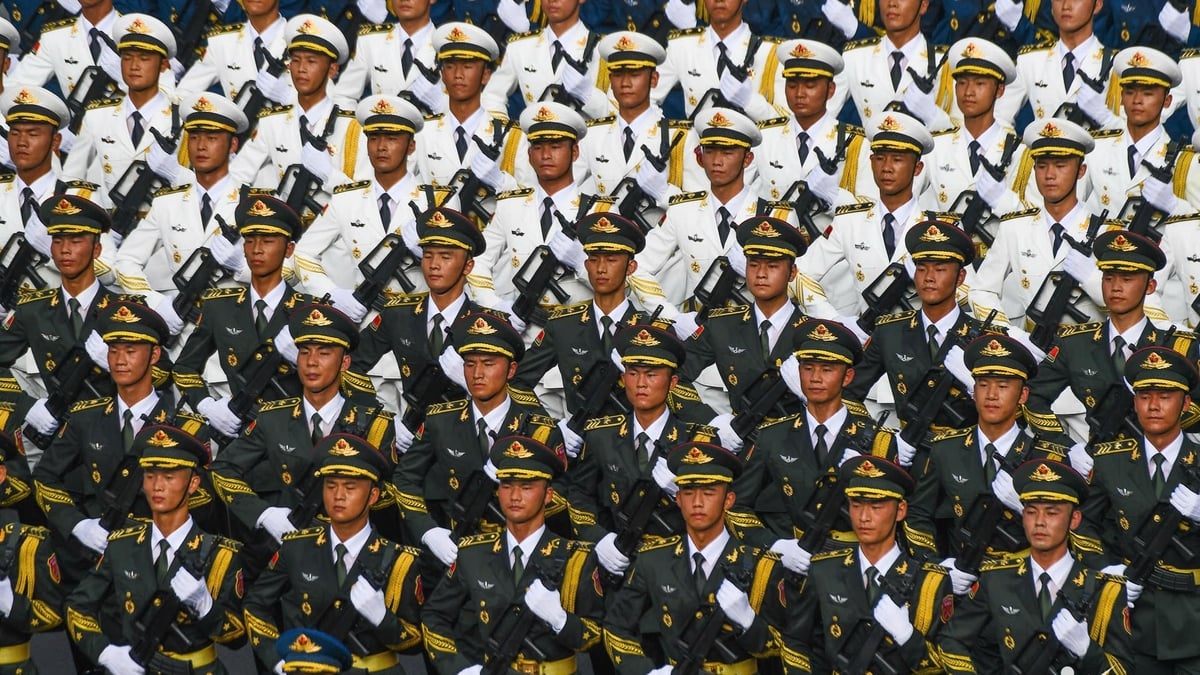
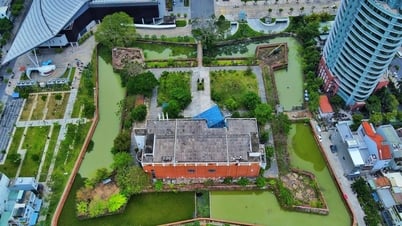

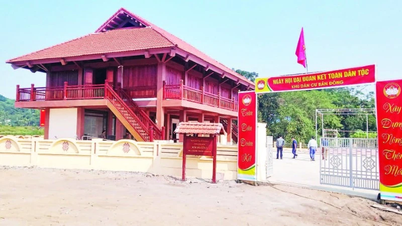





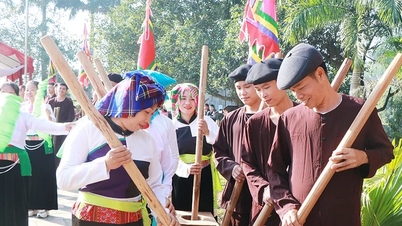

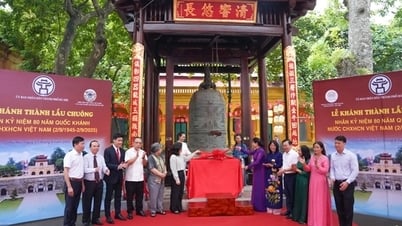



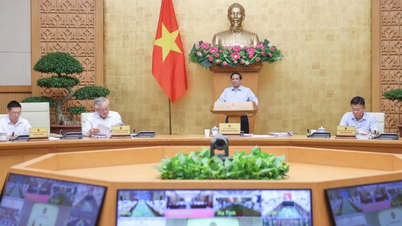


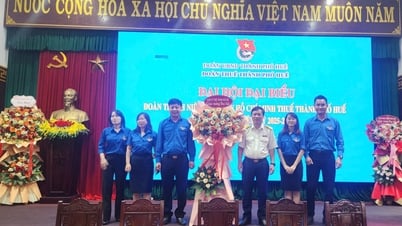
















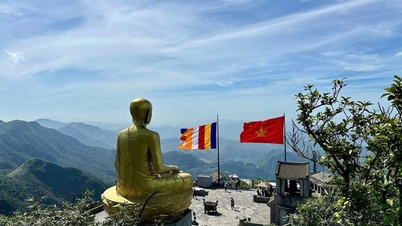

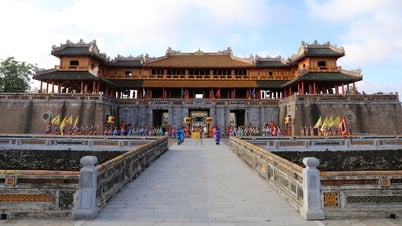
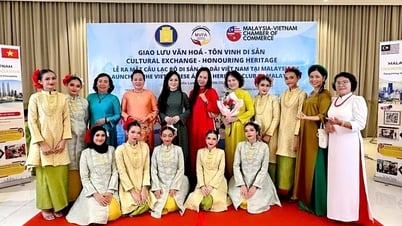

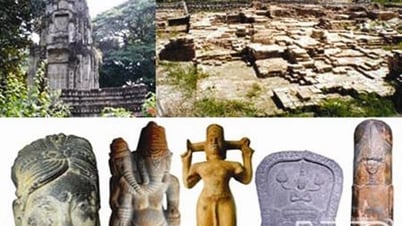

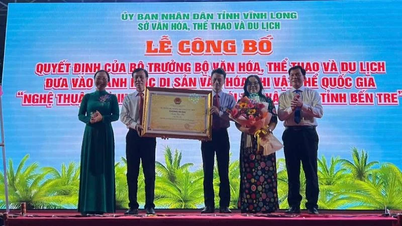













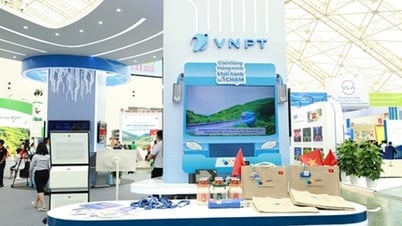






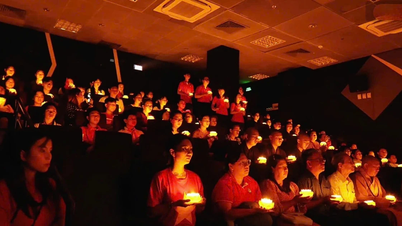






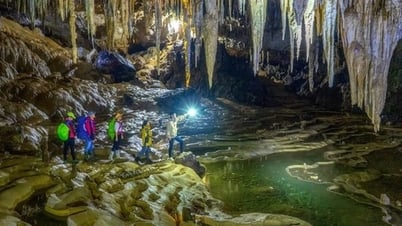


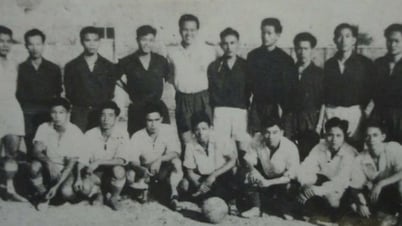

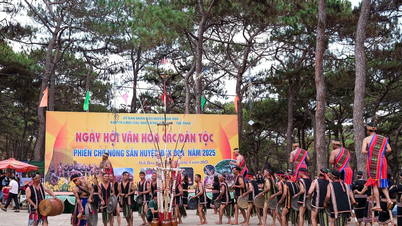

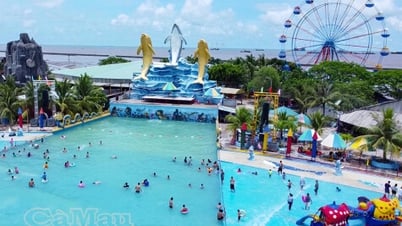



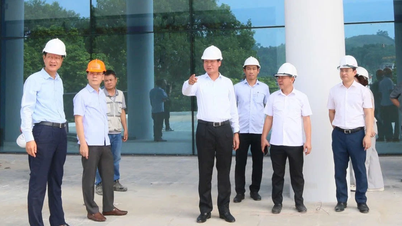

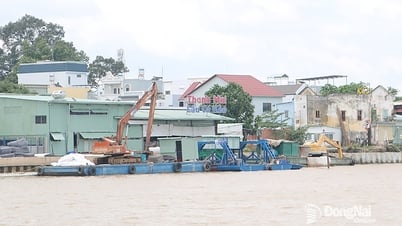


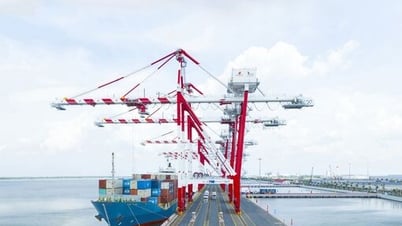
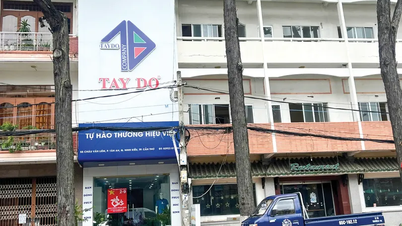









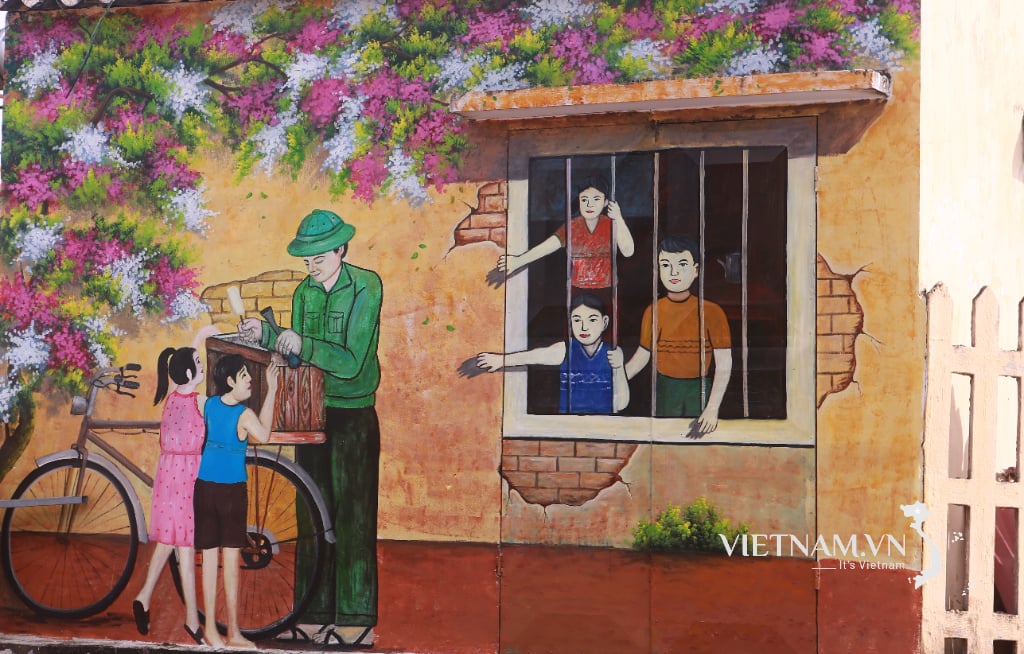
Comment (0)